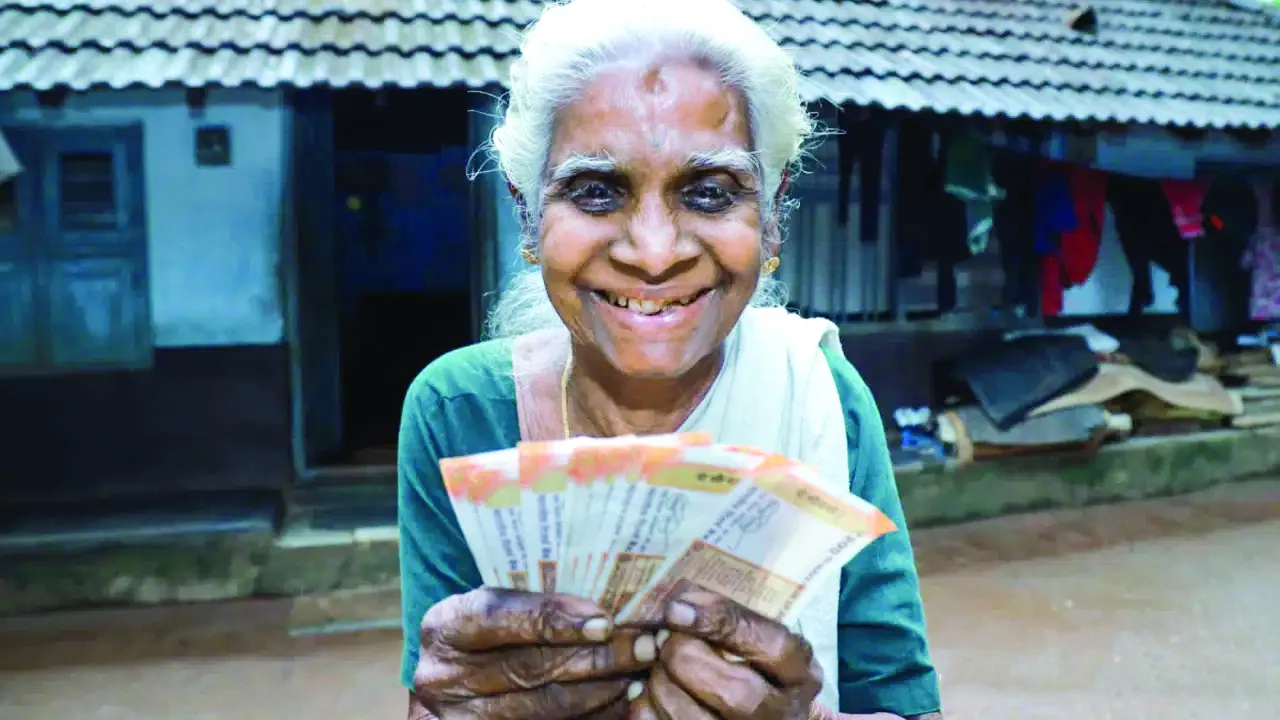In a country where governance has often struggled to keep pace with its promises, the recent rollout of cash transfer schemes for women has set an audacious benchmark: efficiency with precision. In 2025 it is estimated that 13 crore women will receive a total of INR 2 lakh crores as cash transfers! Since 2020, 14 states have launched and promised to launch cash transfer programs designed to increase women’s financial autonomy.
There is extensive evidence of the empowering effects of providing cash transfers which enhance women’s control over financial resources. Such transfers not only lead to an increase in households’ assets, consumption, and food security, but also has deep psychological benefits such as increase in happiness and life satisfaction, and reduction in stress, worries, and depression. As such, unconditional cash transfers are directly linked to women empowerment.
Interestingly, several of these schemes including in MP, Jharkhand, Maharashtra, Karnataka have been launched in the weeks leading up to or following elections, which has required a rapid rollout. The need for quick, population-scale rollouts while minimizing errors and leakage presents a significant governance challenge.
To do this, states have to register, verify, and disburse funds to crores of beneficiaries without compromising accuracy. This is no small feat. In Maharashtra, 1.8 crore women applied for Ladki Bahin Yojana in 25 days. Karnataka registered 1.33 crore verified beneficiaries between announcement of the Gruha Lakshmi scheme on July 15, 2023 and the release of the first payment on August 30, 2023. In West Bengal, over 1 crore women applied in 8 days.
This would have been unimaginable even 10 years ago where benefit transfers were less targeted, often reaching only a fraction of the intended beneficiaries and facing challenges like delay, fraud and leakage.
The governance challenge of scaling precision and speed To pull this off, governments across states have relied on a few key levers –
Phygital first approach
Take the application process where states faced a fundamental dilemma: how do you ensure every eligible woman knows about the scheme and can apply, even in the remotest corners? Governments tackled this by embracing a “phygital” approach—a combination of physical and digital. On one end, digital portals and apps allowed women with internet access to apply seamlessly. On the other, local officials and volunteers went door to door, set up temporary camps, and assisted women with registration. For many women, particularly in rural areas, these face-to-face interactions were essential in driving registration, and temporary outreach camps sprang into action, ensuring no one was left out.
This dual approach helped the schemes cut through the barriers of digital exclusion and raise awareness. Here, states customised their approach. Maharashtra launched a dedicated app, Narishakti Doot, for the scheme with the effect that 1.3 out of 1.8 crore applications received initially were through online mode. Whereas, Madhya Pradesh and Tamil Nadu chose to only accept offline applications, instead providing a portal and app to the enumerators to upload applications. For offline applications, Tamil Nadu leveraged its network of Fair Price Shops to register beneficiaries whereas Karnataka leaned on its network of Karnataka One, Grama One and Bapuji Sewa Kendras for registration.
Precision through existing digital infrastructure
After collecting applications, it is necessary to verify them and disburse benefits to eligible beneficiaries, while ensuring benefit does not leak to ineligible persons. What truly enabled this was India’s pre-existing digital infrastructure centred around Aadhaar, which is in-turn linked to bank account, mobile number and ration card. These foundations allowed states to verify the identity of women, catch any income-based (ration card) and age-based (Aadhaar) exclusions, set up to relay timely information to beneficiaries (mobile phone) and eventually transfer the benefit to the Aadhaar-linked bank account.
Using Aadhaar as the anchor for verification, cut down what would have been months of manual vetting into days of automated checks. Where Aadhaar or banking coverage was incomplete, states launched parallel efforts to plug the gaps—holding simultaneous Aadhaar enrolment drives, creating or fast-tracking account linkages at banks.
States also leaned on other databases like ration card, state IDs, income tax payer list, government’s own HRMS to cross-check other inclusions such as residence in the state, not a tax payer or government employee. By integrating multiple datasets, states not only ensured accuracy but also drastically reduced the scope for leakage.
Handling errors
For those whose applications were rejected, states established a transparent and responsive grievance system. Once the initial application drive was closed, provisional beneficiary lists were made public, and applicants received SMS notifications on their registered numbers. Those whose applications were rejected were given a set timeline to contest the decision. Here, local units and district officials reviewed grievances and updated corrections swiftly.
Hence, a combination of grassroots mobilization and digital infrastructure created a feedback loop that was nimble and adaptive.
Beyond cash transfer: Unlocking the full potential of this infrastructure
The rapid rollout of cash transfer schemes across India is a powerful reminder of how far we’ve come in using technology to improve governance. What began with Aadhaar in 2009, evolved with direct benefit transfer in 2013, and expanded further to become the backbone of a new welfare model. It’s a model that blends offline engagement with digital precision, reaching crores who were once excluded from the system.
By delivering funds accurately and quickly, this system opens the door to increasing investment in social welfare, ensuring more resources reach those who need them. It also sets the stage for adopting proactive governance, where the government identifies eligible individuals and provide benefits automatically, shifting the onus from the citizen to the government entirely.
